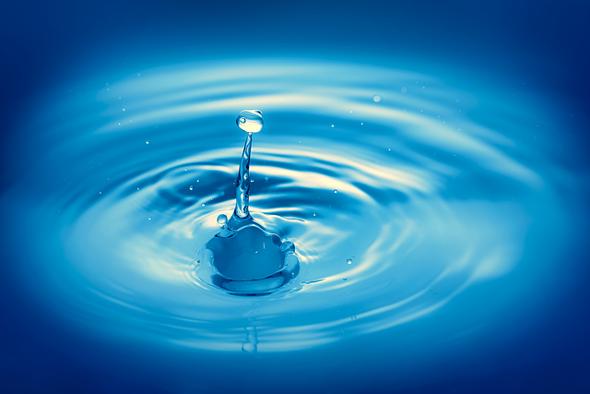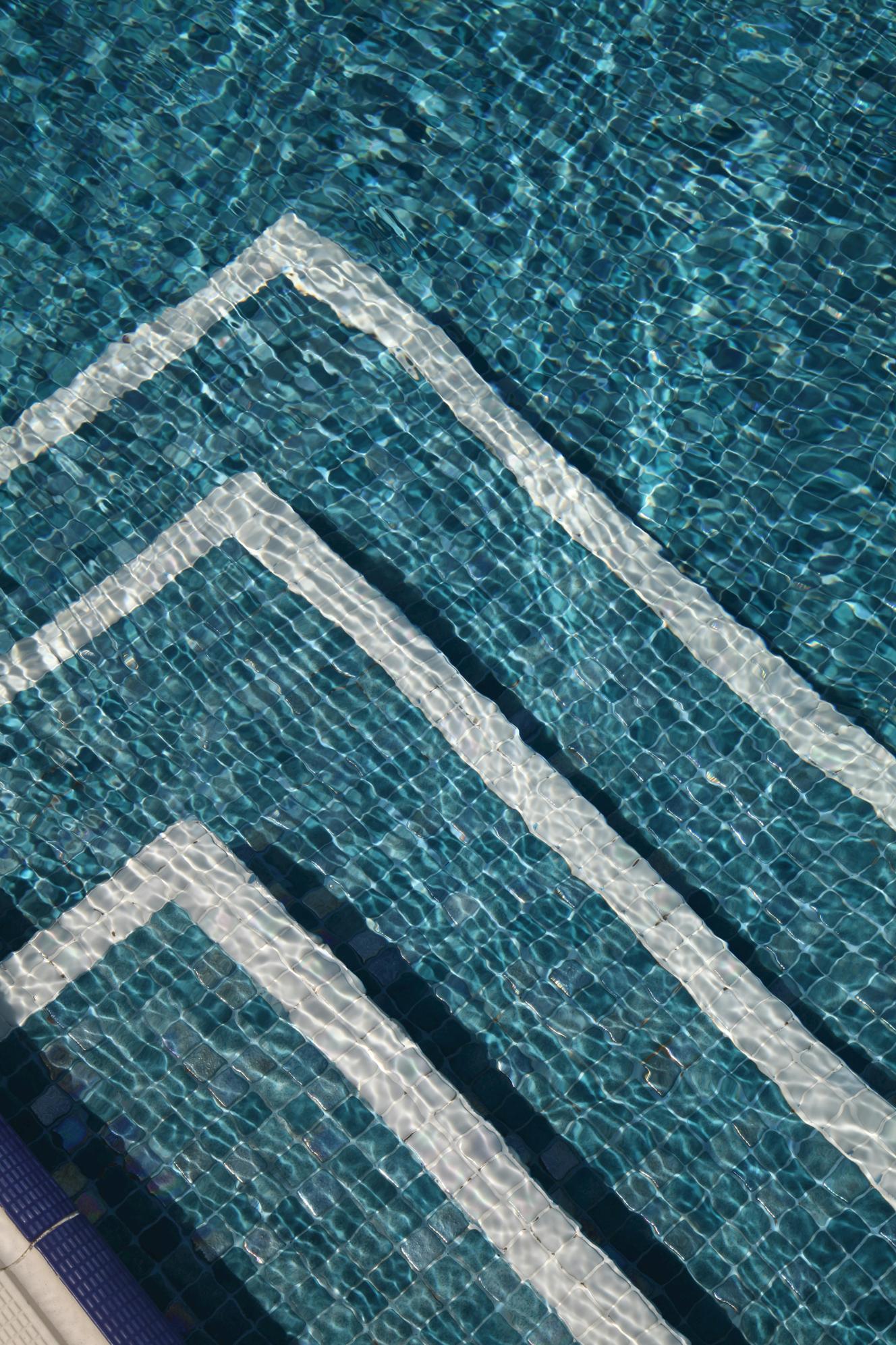Introduction
A water flosser is an essential tool for maintaining oral hygiene, but like any appliance, it requires regular cleaning to keep it working efficiently and hygienically. Proper cleaning helps prevent the buildup of harmful bacteria and extends the lifespan of your device. This guide will walk you through the steps to clean your water flosser thoroughly and effectively, ensuring it remains in top condition for daily use.

Materials Needed for Cleaning
Before you begin the cleaning process, gather the following materials:
– Mild dish soap
– White vinegar
– Small brush or toothbrush
– Soft cloth
– Paper towels
– Warm water
Having these materials ready ensures a smooth and effective cleaning process.

Step-by-Step Cleaning Process
Disassemble Your Water Flosser
Begin by unplugging your water flosser to ensure safety. Then, carefully disassemble the flosser into its main components, including the reservoir, tips, handle, and base unit. Refer to your device’s manual if you are unsure how to disassemble it.
- Remove the water reservoir from the base unit.
- Take out the tips and nozzles.
- Detach the handle from the base.
This disassembly allows you to clean each part thoroughly, ensuring no area is missed.
Cleaning the Reservoir
The reservoir is where water is stored, so it’s crucial to keep it clean to avoid bacterial growth.
- Fill the reservoir with warm water and add a few drops of mild dish soap.
- Use a small brush or a soft cloth to scrub the inside of the reservoir gently.
- Rinse thoroughly with warm water to remove any soap residue.
If there are any persistent stains or mineral deposits, consider soaking the reservoir in a solution of one part white vinegar and one part water for about 30 minutes before rinsing it thoroughly.
Cleaning the Tips and Nozzles
The tips and nozzles contact your mouth, so they need to be cleaned meticulously.
- Submerge the tips and nozzles in a bowl filled with white vinegar for about 5-7 minutes.
- Use a small brush or an old toothbrush to scrub any debris or buildup.
- Rinse them thoroughly under warm water.
This step helps ensure any bacteria or leftover debris is removed effectively.
Cleaning the Handle and Base Unit
The handle and base unit can accumulate grime and bacteria from regular use.
- Dampen a soft cloth with a mixture of warm water and a drop of mild dish soap.
- Wipe down the handle and exterior of the base unit.
- Use a small brush to reach any crevices where dirt might be lodged.
Be cautious not to get water into any electrical parts. If your base unit has a lot of buildup, a small amount of white vinegar on a cloth can help break down any stubborn residue.
Reassembly and Testing
After cleaning all parts, ensure that they are thoroughly dried using paper towels or a soft cloth.
- Reassemble the water flosser by reattaching the handle to the base and inserting the reservoir.
- Place the tips and nozzles back into their storage compartment.
- Fill the reservoir with clean water and run the water flosser for a few seconds to ensure smooth operation.
This ensures all components are correctly put back together and the unit is functioning effectively.
Maintenance Tips
Maintaining your water flosser helps extend its lifespan and ensures it stays hygienic:
- Clean your flosser every week to prevent buildup.
- Use distilled or filtered water to avoid mineral deposits.
- Replace tips and nozzles every 3-6 months for optimal performance.
- Store your flosser in a dry place to prevent mold growth.
By following these simple tips, you can keep your water flosser working optimally.

Conclusion
Regular cleaning of your water flosser is essential for oral hygiene and the longevity of the device. With the simple steps outlined in this guide, you’ll be able to maintain a clean and efficient water flosser with ease. Remember to gather the necessary materials, follow the step-by-step instructions, and apply the maintenance tips to keep your flosser in top condition.
FAQs
Frequently Asked Questions
How often should I clean my water flosser?
You should clean your water flosser at least once a week to prevent any buildup of bacteria and ensure optimal performance.
Can I use bleach to clean my water flosser?
It’s not recommended to use bleach as it can be too harsh and may damage the components. Stick to mild dish soap and white vinegar for safe and effective cleaning.
What is the best solution for cleaning my water flosser?
A mixture of white vinegar and water is ideal for dislodging mineral deposits and disinfecting the unit. Use mild dish soap for everyday grime and debris.
